
Managing Projects Better by Managing Expectations

What You’ll Learn
- The importance of a project scope document
- What kinds of meetings to schedule, when, and why
- How to use your communication style to maximize results
Agile, waterfall, a hybrid of the two … whatever your organizational structure and process, evolution is a vital aspect to growth. Find out about processes that help designers get data faster, communicate more clearly, and include their entire team on collaborative decision-making.


What You’ll Learn


What You’ll Learn


What You’ll Learn


What You’ll Learn


What You’ll Learn


What You’ll Learn


What You’ll Learn


What You’ll Learn


What You’ll Learn
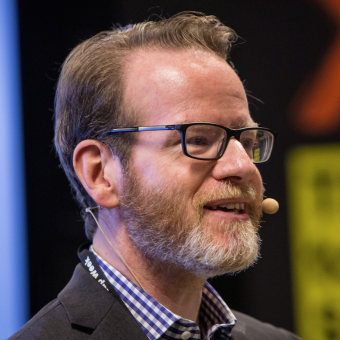

What You’ll Learn


What You’ll Learn


What You’ll Learn


What You’ll Learn
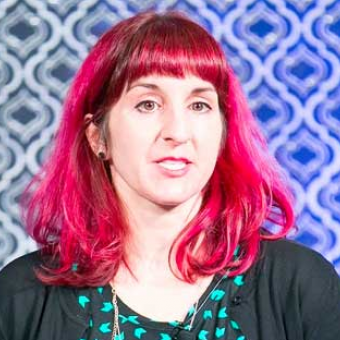

What You’ll Learn


What You’ll Learn


What You’ll Learn


What You’ll Learn


What You’ll Learn


What You’ll Learn


What You’ll Learn


What You’ll Learn


What You’ll Learn


What You’ll Learn


The world of metrics and analytics have often been at odds with how designers work. Design is a process where we finely tune our intuition to create great user experiences. Yet, sometimes, what we think is best rivals the metrics. So which do we believe-our gut or the data?
In the world of measures, metrics, and Key Performance Indicators some practices, like the growth hacking approach to increasing Monthly Average Users (MAUs), have hurt the online experience of Instagram and LinkedIn. While alternatives to satisfaction and net promoter score give insight into the design process and help designers have better instincts.
If you’re ready to talk to your teams about what you really need, help management interpret the data, and create analytical experiments that provide design insights, don’t miss this talk.


What You’ll Learn


What You’ll Learn


What You’ll Learn


What You’ll Learn


What You’ll Learn


What You’ll Learn


What You’ll Learn


What You’ll Learn
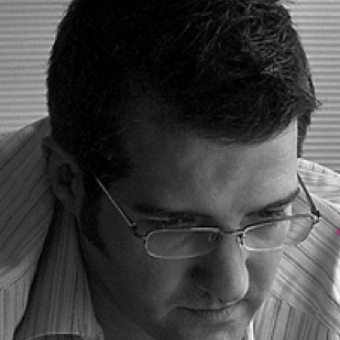

What You’ll Learn


What You’ll Learn


From Rosenfeld Media's Product Management + User Experience Virtual Conference.
UX strategy is part of product strategy. It is not its own thing. Calling it out as such further isolates designers from their colleagues in “the business” and in Product Management. It does nothing to actually drive the value of a holistic user experience into the org’s mainstream conversations. Instead, designers should work closely with Product Managers to inform a product strategy conversation that considers not only the UX but the business’ and product’s success factors as well.
In this talk, Jeff Gothelf—co-author of Lean UX and the forthcoming Sense and Respond—will teach you:


What You’ll Learn


What You’ll Learn


What You’ll Learn


What You’ll Learn


What You’ll Learn


What You’ll Learn


What You’ll Learn


What You’ll Learn
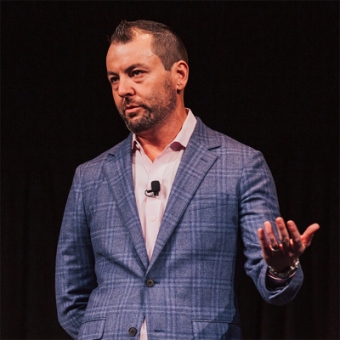

What You’ll Learn


What You’ll Learn


What You’ll Learn


What You’ll Learn


What You’ll Learn


What You’ll Learn


What You’ll Learn


In Rise of the DEO, Maria Giudice and her coauthor explore the intersection of creativity and business smarts. They look at how and why this unlikely coupling produces leaders capable of solving our increasingly complex business problems.
At Warm Gun, Maria will lead a conversation that focuses on techniques, tactics, and intuitions that create stronger leaders. She’ll untangle the characteristics and qualities that distinguish great creative leaders. She’ll introduce you to today’s role models and rule breakers. Join us to uncover your own skills to build, revive, or reinvent the next generation of great companies.
Hide


PJ’s team recently transitioned from reactive, agency-like project work to a proactive, self-driven roadmap. They had to figure out a way to collaborate efficiently across 5 different disciplines—and a bunch of time zones—to make awesome products for their customers. And, they had to convince everyone else at Amazon to get with the program.
Find out from PJ how talking and listening can be the key to creating meaningful change. He’ll share everything his team learned about winning allies, building responsive systems and processes, and meeting the needs of a user base that spans the globe.


Frustration drives people to sign up for products in hopes of improving their lives. The space between the intolerable “before” and the ideal “after” is your project’s “improvement trajectory.” And once this is defined, it’s easier to identify key moments in the customer journey and match them to design patterns.
Samuel shares strategies that help you stop hemorrhaging signups. You’ll learn to create quality onboarding experiences that target your users’ frustrations and move them from A to B in their lives, instead of just A to B in your app.


Most startup designers focus on delighting customers with how their products look and feel. But if a product isn’t solving a problem or meeting a need, customers won’t care how pretty it is. So, how can design be used to help shape the core of products? And how can designers convince their teams to let them go beyond visual design?
Braden Kowitz will share his insights into what startups really need from designers, as well as his team’s “Design Sprint” process for rapid prototyping. You’ll learn how user research lets you move faster and take more risks. How to work at the right level of fidelity. And how ugly things can lead to great design.
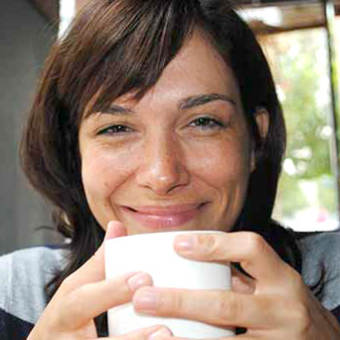

What You’ll Learn


What You’ll Learn


What You’ll Learn


What You’ll Learn


What You’ll Learn


What You’ll Learn


What You’ll Learn


What You’ll Learn


What You’ll Learn


What You’ll Learn


What You’ll Learn


What You’ll Learn


What You’ll Learn


What You’ll Learn


What You’ll Learn


What You’ll Learn


What You’ll Learn


What You’ll Learn


What You’ll Learn


What You’ll Learn


What You’ll Learn


What You’ll Learn


What You’ll Learn


What You’ll Learn
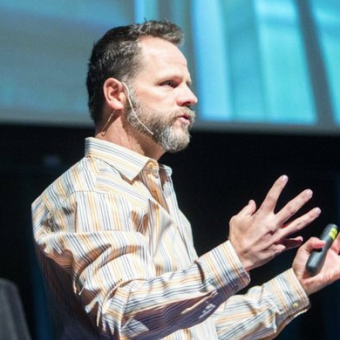

What You’ll Learn


What You’ll Learn


What You’ll Learn


What You’ll Learn


What You’ll Learn


What You’ll Learn


What You’ll Learn


What You’ll Learn


What You’ll Learn


What You’ll Learn


There’s never been a better time to be a designer. After years of wishing we’d have the recognition and appreciation for the value we bring, we’re now highly sought after for our talents and skills. A growing number of organizations have seen success through great design, from Apple to Cirque de Soleil to the White House. Others now want to get the same results. The demand for great designers has never been better.
Yet, as the proverb says, "Be careful for what you wish for, lest it become true." Now that everyone expects us to deliver great things, are we ready? While we’re presented with more opportunities than ever, we also have increased challenges.


What You’ll Learn


What You’ll Learn


What You’ll Learn


What You’ll Learn


What You’ll Learn


What You’ll Learn


What You’ll Learn


What You’ll Learn


What You’ll Learn


What You’ll Learn


What You’ll Learn


What You’ll Learn


What You’ll Learn


What You’ll Learn


What You’ll Learn


What You’ll Learn


What You’ll Learn


What You’ll Learn
Did you know that you can get instant 48–hour access to any seminar for just $19/seminar?